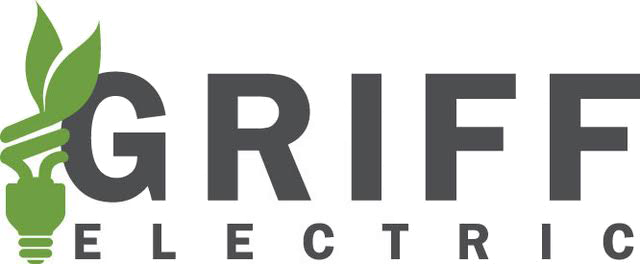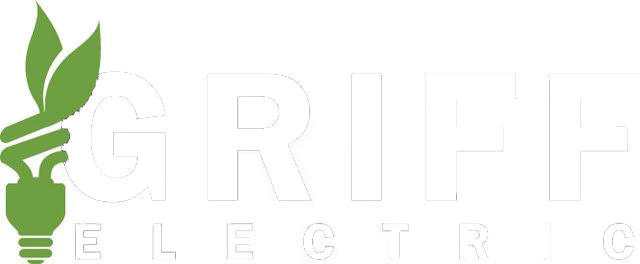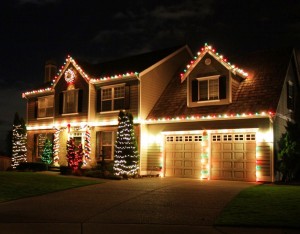Looking to become more energy efficient? Making the switch to LEDs is a great place to start – but the terminology can be downright confusing! We break down 5 key LED terms to boost your consumer confidence and get you started.
1. LED – LED stands for light emitting diode. According to Energy Star, LEDs are not bulbs, but semiconductors (or materials that can transport an electrical charge). They light up when electrons pass through them.
2. Wattage –LEDs use lower wattage than their incandescent and fluorescent counterparts. This refers to electrical power consumption. Wattage tells us how much electricity is required to produce light. Choose bulbs with low wattage.
3. Lumens – While it’s best to look for low wattage bulbs, the opposite is true for lumens, which are a measure of brightness. Select bulbs with high lumens. The higher the lumen level, the brighter the light.
4. Color Temperature –You might worry that LEDs will look harsh, cold or blue, but that doesn’t have to be true. Color temperature is measured in degrees Kelvin, indicating how warm or cool the light will appear. Higher color temperature (around 6000K) produces light that appears blue. Soothing, warm white light falls between 2700-3500K. Match your bulb’s Kelvin numbers to your color preference.
5. Beam Angle – The beam angle indicates how focused the light will be. Determine how large an area you want to illuminate, and take it from there. You may need a LED flood light for your backyard, or an LED spot light to showcase your door decoration. LED lighting will come with a beam angle description to help guide your decision.




